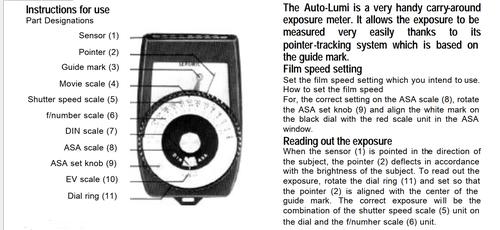AI says the settings are dependent on the metered brightness but then gets coy about exactly how say 13 EV translates to a specific initial aperture and shutter combination that exactly matches 13 EV - before the twiddling of those starts up ...
As we all know, a given EV translates to many, many different combinations of aperture and shutter, any of which gives the same exposure.
We also know that EV = log2((N^2)/t) so (N^2)/t = say 2^13 = 8192 but still 8192 is a combination of N and t ** and does not specify either one.
For the purpose of this discussion, I would prefer ISO to be invariant and set at 100.
** where N = the f/number and t = the shutter time


